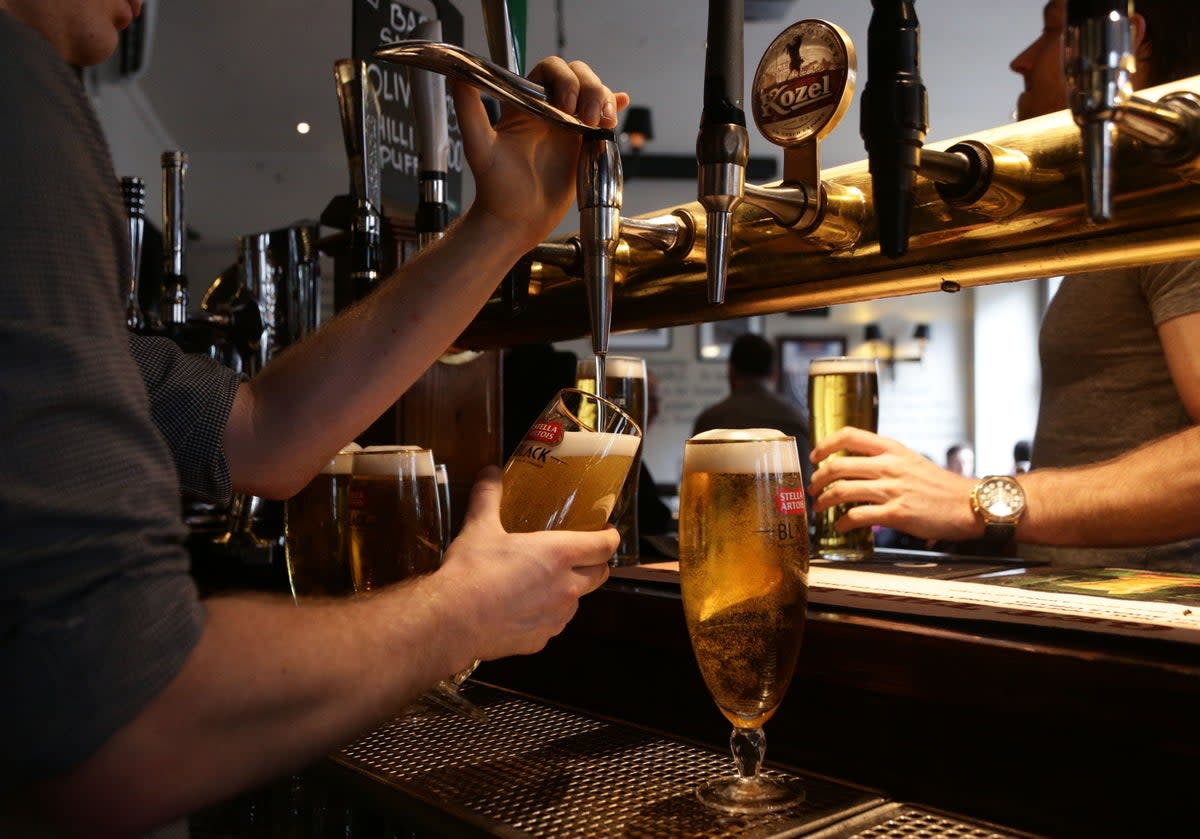More than 330,000 workers on zero hour contracts in London and South East

More than 180,000 Londoners are employed on zero hour contracts, official figures revealed on Tuesday.
They showed a rise in workers in the capital in jobs employed in this way from 118,000 in January to March 2021, to 158,000 a year later, and 181,000 for this period of 2023.
The recent high was in the summer months of 2022, July to September, of 188,000.
The latest figures from the Office for National Statistics showed the zero hour employment rate in London was 3.7 per cent, above the national average.
In the South East, outside the capital, 151,000 were on zero hours, a rate of 3.2 per cent.
Across the whole of the UK, the figure was 1,133,000, a rate of 3.4 per cent.
Critics of zero hours say they offer workers, often on low wages, little assurance of employment and leaves them vulnerable to being exploited by bosses. However, they can also give flexibility in working which some people want. Hospitality chiefs in central London warned recently that they are being forced to put staff on zero hours contracts because of the devastating impact of the rail strikes on their businesses.
Plans to give zero hours contract workers the right to request regular hours recently moved closer to becoming law. MP Scott Benton’s Workers (Predictable Terms and Conditions) Bill cleared the Commons in March after winning backing from across the House. The Bill would introduce a new statutory right for workers to ask for a predictable working pattern from their bosses, with the aim of helping those on zero hours contracts.
The overall employment rate in the capital was 75.4 per cent, up 0.3 percentage points on the October to December quarter of 2022, and below the UK average of 75.9 per cent.
The unemployment rate in London was 4.7 per cent, up 0.2 percentage points, and the second highest in the country, behind only the West Midlands at 5.1 per cent.
The “inactivity rate” for the city was 20.9 per cent, down 0.5 percentage points, and very slightly below the national average.


